
Lynde Shores is a nature-rich oasis under an hour from Toronto
In search of an escape from the urban racket of Toronto, I recently stumbled upon the enchanting Lynde Shores Conservation Area, nestled just south of Whitby.
What started as an impromptu visit on an unusually mild January day turned into a magical encounter with nature, leaving an indelible mark on my soul.
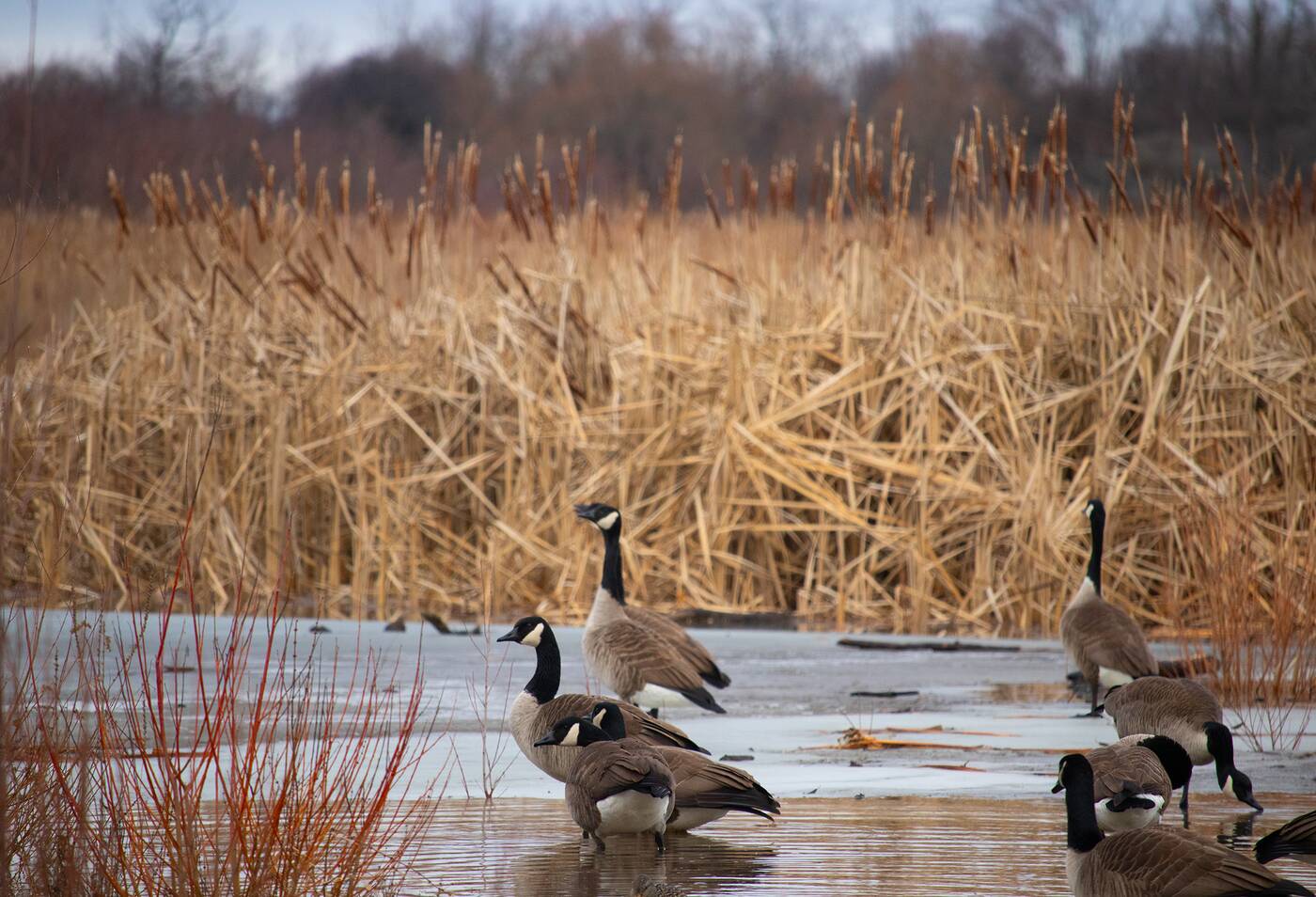 Upon pulling into the public lot off Halls Road, a modest $6 fee granted me access to a world of natural wonders.
Upon pulling into the public lot off Halls Road, a modest $6 fee granted me access to a world of natural wonders.
Intriguingly, the trailhead buzzed with wildlife enthusiasts and families armed with bird feed - a promising insight into the nature-rich adventure ahead.
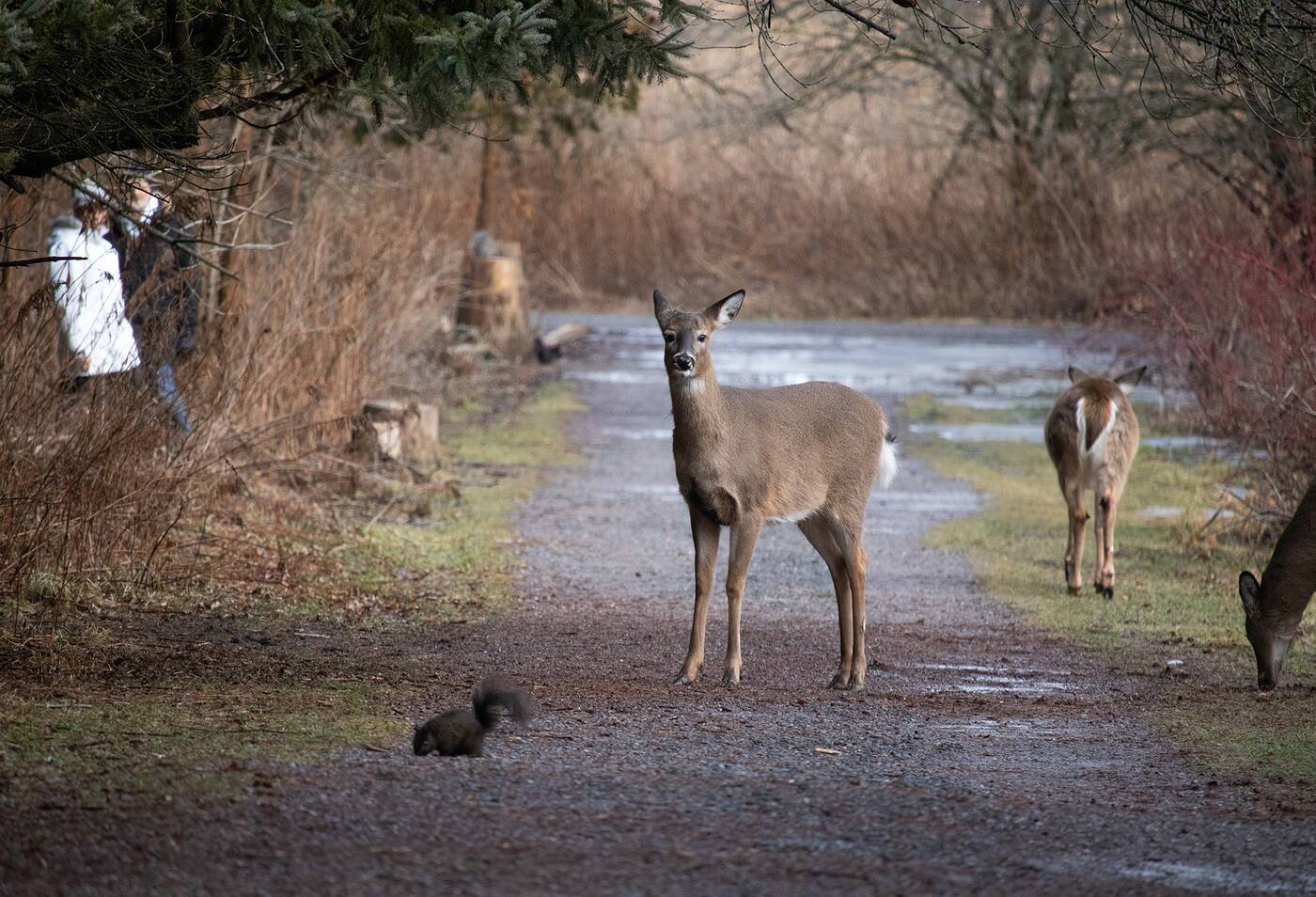 Venturing deeper into the conservation area, the tranquillity and breathtaking beauty unfolded at every turn. A group of deer, undisturbed by my presence, grazed peacefully, allowing for an almost touchable proximity. Mindful of their wild essence, I observed in awe.
Venturing deeper into the conservation area, the tranquillity and breathtaking beauty unfolded at every turn. A group of deer, undisturbed by my presence, grazed peacefully, allowing for an almost touchable proximity. Mindful of their wild essence, I observed in awe.
 Lynde Shores' claim to fame is its plethora of strategically placed bird feeders. Eager to connect with the resident avian community, I scooped some birdseed.
Lynde Shores' claim to fame is its plethora of strategically placed bird feeders. Eager to connect with the resident avian community, I scooped some birdseed.
To my delight, chickadees and a woodpecker graced my hand, turning an ordinary day into a harmonious exchange with nature.
For waterfowl enthusiasts, Lynde Shores is a paradise. Seeing numerous ducks and geese congregating around the waterways leading to Lake Ontario was nothing short of mesmerizing.
Their calls created a symphony that underscored the importance of preserving such natural habitats for future generations of all species.
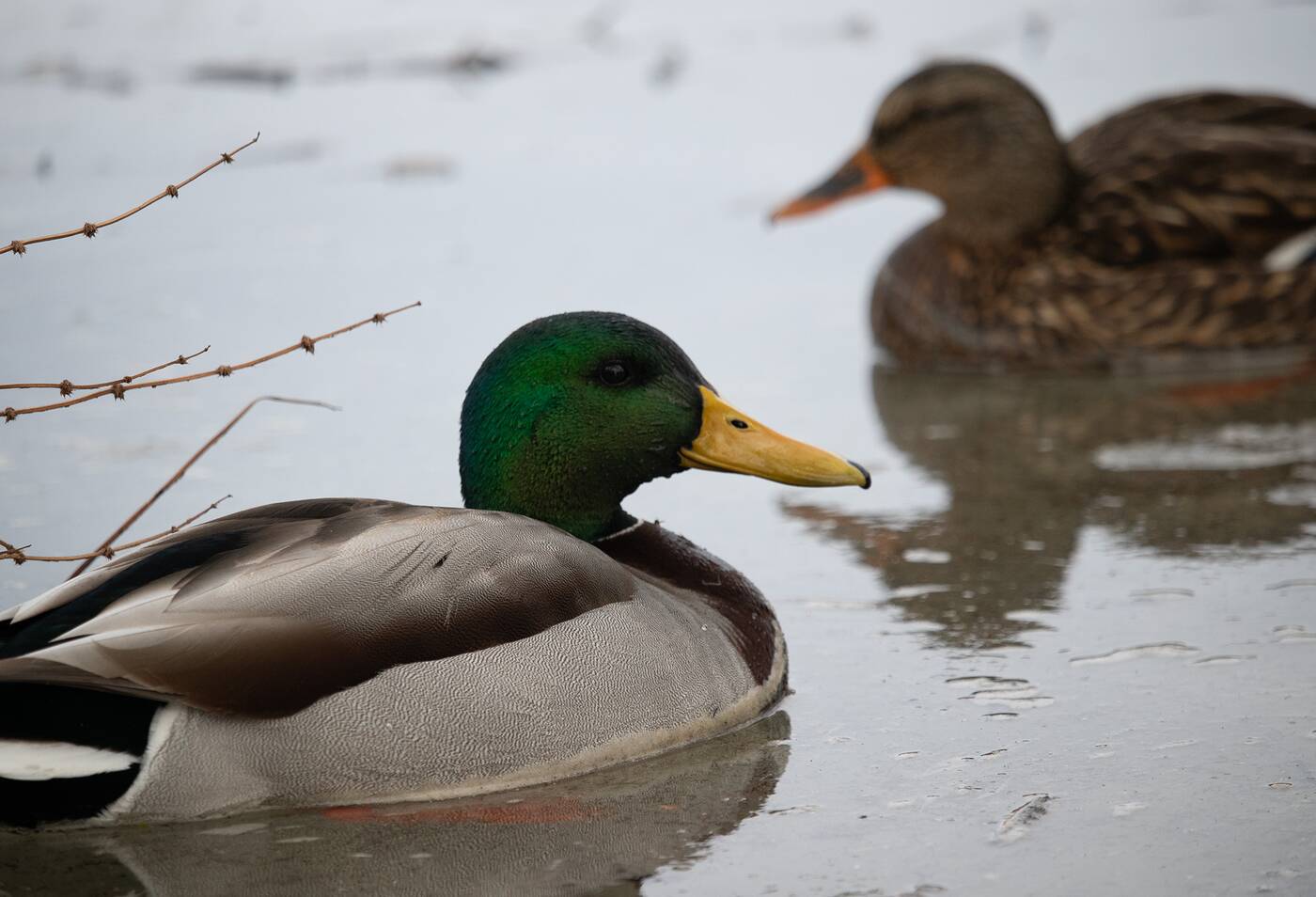 However, not all aspects of my visit met expectations. Armed with images from Google searches, I scoured the conservation area for the picturesque boardwalks that initially drew me in. To my dismay, they were nowhere to be found.
However, not all aspects of my visit met expectations. Armed with images from Google searches, I scoured the conservation area for the picturesque boardwalks that initially drew me in. To my dismay, they were nowhere to be found.
Seeking answers, I approached a fellow visitor - a seasoned regular armed with a camera - who informed me that those beloved boardwalks were a thing of the past, a testament to the ever-changing dynamics of conservation areas.
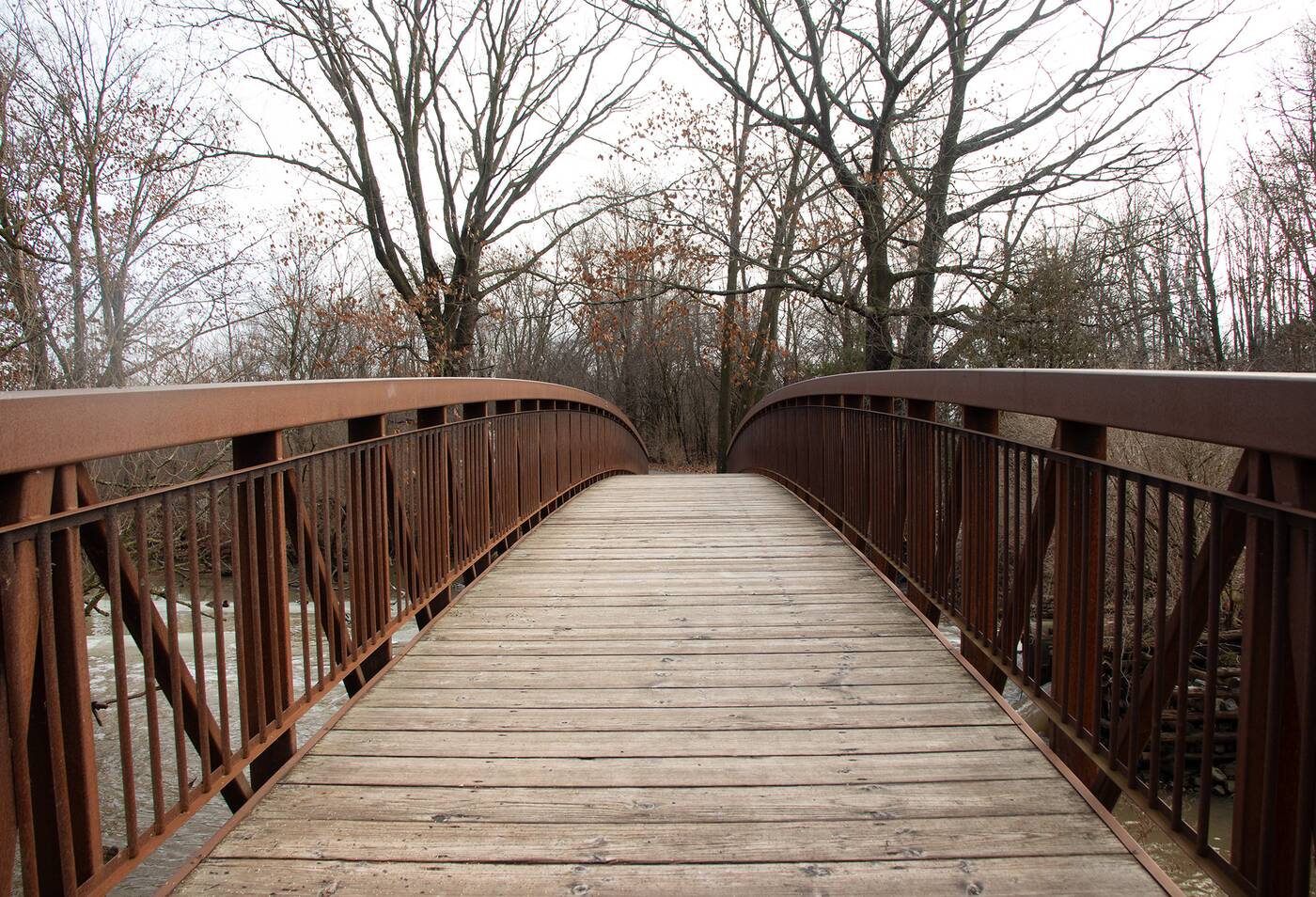
This bridge, located by the Victoria Street entrance to Lynde Shores Conservation Area is a great spot for admiring the ducks and geese playing in the current from the small dam to the west.
Lynde Shores, established in 1972 and spanning 272 hectares, is a crucial habitat for nesting birds and a pitstop for migrating waterfowl and shorebirds, as per information from the Central Lake Ontario Conservation Authority.
Designated provincially significant wetlands, Lynde Creek Marsh and Cranberry Marsh contribute to a long-term study, the Durham Region Coastal Wetland Monitoring Project.
Adding a layer of historical richness, insights from Ontario Tech University revealed Lynde Shores' role in the tapestry of indigenous peoples' history.
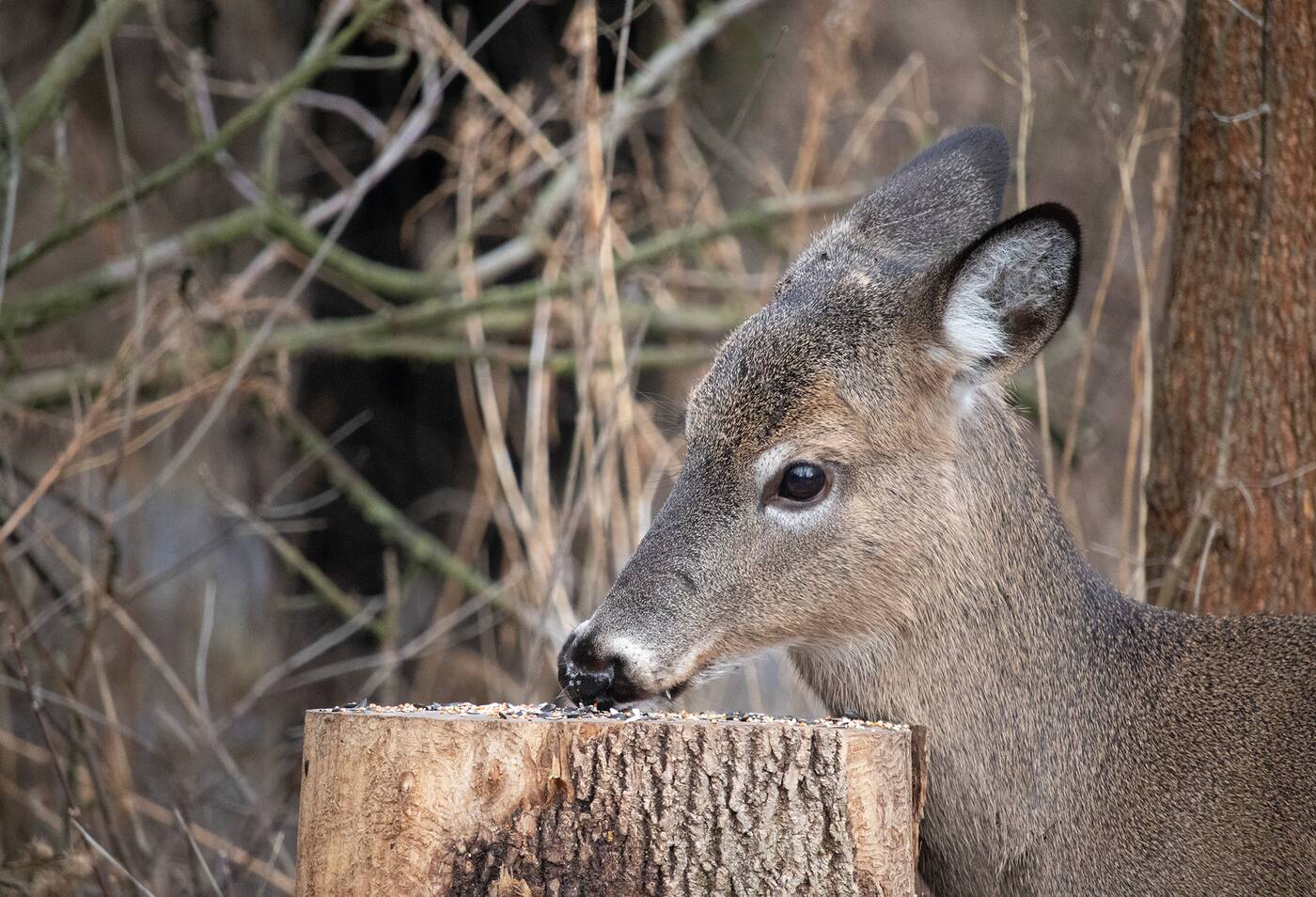 Covered by the Williams Treaties, the area has witnessed human activity for over 10,000 years, with the Huron-Wendat settling in the 15th century and the Iroquois in the 1600s.
Covered by the Williams Treaties, the area has witnessed human activity for over 10,000 years, with the Huron-Wendat settling in the 15th century and the Iroquois in the 1600s.
A treaty in the 1700s between the Anishinaabeg and the Iroquois led to the present acknowledgment of Lynde Shores as part of the traditional territory of the Mississaugas.
Ultimately, my visit to Lynde Shores Conservation Area unfolded as a perfect escape into nature, just a 45-minute drive from the hustle and bustle of Toronto, and I'm looking forward to bringing friends and family to share in the joy of my experience here.
 The serene trails, diverse wildlife, and mindful conservation practices create an environment that fosters a profound connection with the natural world.
The serene trails, diverse wildlife, and mindful conservation practices create an environment that fosters a profound connection with the natural world.
Whether you're a nature enthusiast, an aspiring photographer, or simply searching for a quiet retreat, Lynde Shores Conservation Area invites all to bond with nature and craft enduring memories.
Lynde Shores is located at 623 Halls Rd S in Whitby.
Erin Horrocks-Pope
Latest Videos
Latest Videos
Join the conversation Load comments







